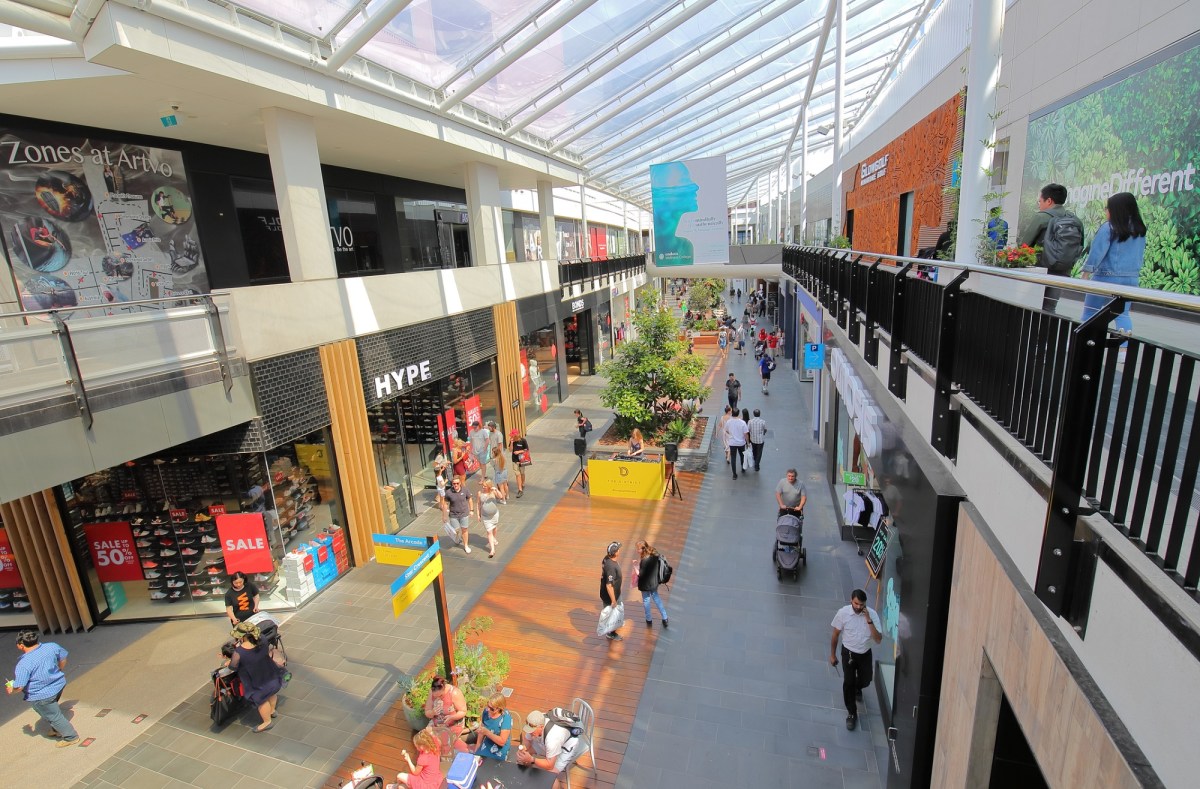Large buildings such as shopping centres are incredibly complex to operate at optimal performance. When an issue in a building is identified, determining the exact root cause and ensuring the right person is onsite to fix the problem is a challenge.
When Australia’s major airports, shopping centres and commercial offices started closing during the pandemic, many building managers and owners realised that data was the only life raft for their businesses to survive.
They quickly started to optimise their buildings to get more out of what they already have, recognising efficiency is the new income. This led to us onboarding 48 new buildings on our platform in just seven weeks, completely virtually during the pandemic.
To dramatically maximise efficiency, reduce energy consumption and improve environmental performance the building sector needs to transform building operations through combining building analytics, machine learning and technical engineering into real-time, data-driven insights.
The systems people don’t see that keep buildings cool in summer and warm in winter, operate lifts and escalators and lighting use more than 60% of a building’s total energy consumption. But as much as a third of that energy is wasted due to malfunctions, performance degradation and improperly tuned controls. When you consider that virtually all large buildings have operational issues, these statistics are hard to ignore and something that data can dramatically improve.
The performance of many large buildings can be improved by reconfiguring how equipment is used. But, the problem has been that building owners and managers have lacked the data to understand these unnecessary wastes of money and energy. But, by applying intelligent, data-driven tools in the right place, it’s possible to detect these opportunities for improvement.
When you walk through your local shopping centre, you’ll probably pass through areas that were built and added through almost every decade since the 1970s. There will be a combination of modern climate control systems and older equipment that have to work together to deliver a consistent experience for tenants and customers.
Back at head office, there will be people concerned with ensuring that environmental ratings are adhered to and maintained. They will want answers about Life Cycle Assessment (LCA) – a measure of the overall condition of the plant and equipment that is required for reporting on cost reduction targets and board reports.
While the building operations manager’s job has never been easy, it’s become increasingly complicated over recent years. As well as new and legacy systems for HVAC, lifts and lighting, today’s operations manager has to ensure that the defibrillators on each floor are correctly maintained. They are responsible for ensuring that everything runs smoothly during fire drills and terrorism evacuation exercises. And, since early 2020, they’ve needed to be across myriad new and changing obligations brought about by the pandemic.
Without the right tools the variety, volume and velocity of this workload is more than one person can manage. But, all of those different systems produce data that can be used. However, until recently that data was hard to access and could not be integrated to give operations managers a single source of the truth across everything happening in the property they manage.
Workflow and collaboration is the key. When an issue in a building is identified, determining exactly what the root cause is and ensuring the right person is onsite to fix the problem is key.
When an operations manager is armed with accurate data, they can make better decisions about what equipment is being fully utilised and which equipment should be replaced.
By having a real-time view of how the plant and equipment in a building or a portfolio of properties is working, operations managers can answer questions about LCA. And they can make more informed decisions around capital expenditure. For example, an older piece of equipment might seem to be a good candidate for replacement but if it has been underused, then it may still have years of service ahead of it.
It’s crucial that decisions can be made with real data and not gut feel to avoid unnecessary expenditure. And the cost savings are not just operational. When a building improves its NABERS rating, it becomes more attractive to potential tenants, giving owners a market advantage. Investing in technology and digital transformation enables building owners and managers to respond with agility to insights and helps make the business more resilient.
David Walsh is the founder of CIM, a world leader in building analytics software.

